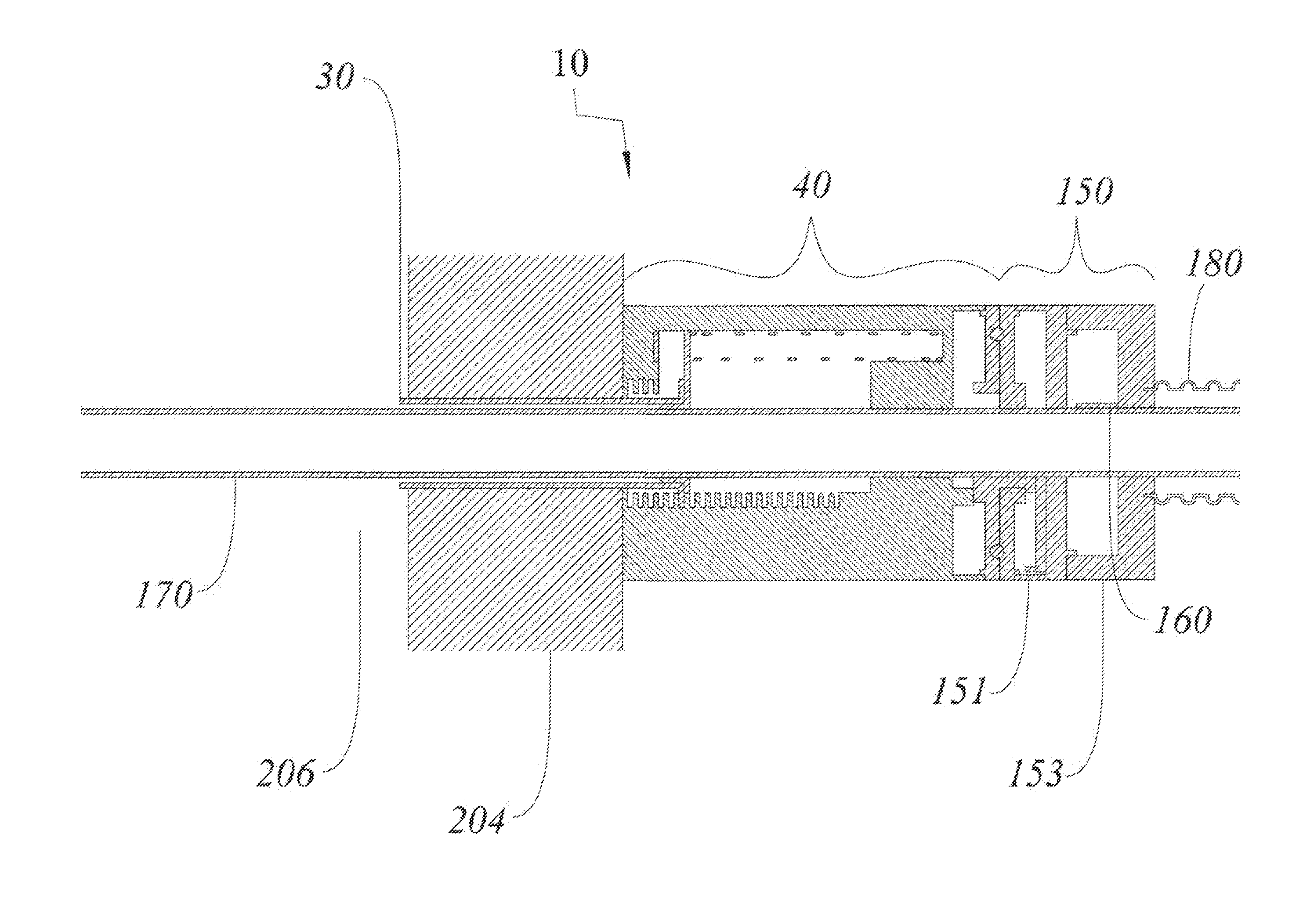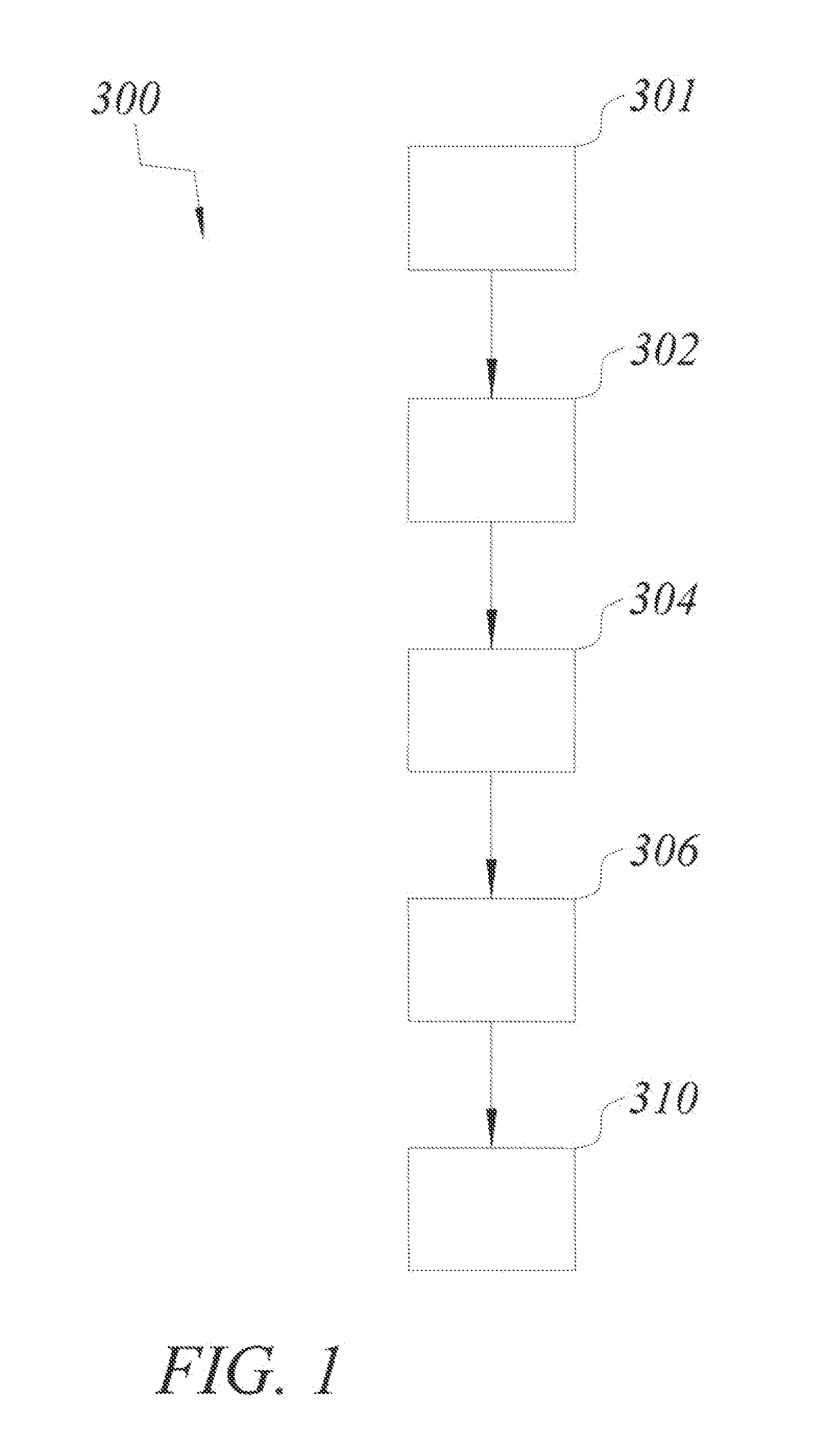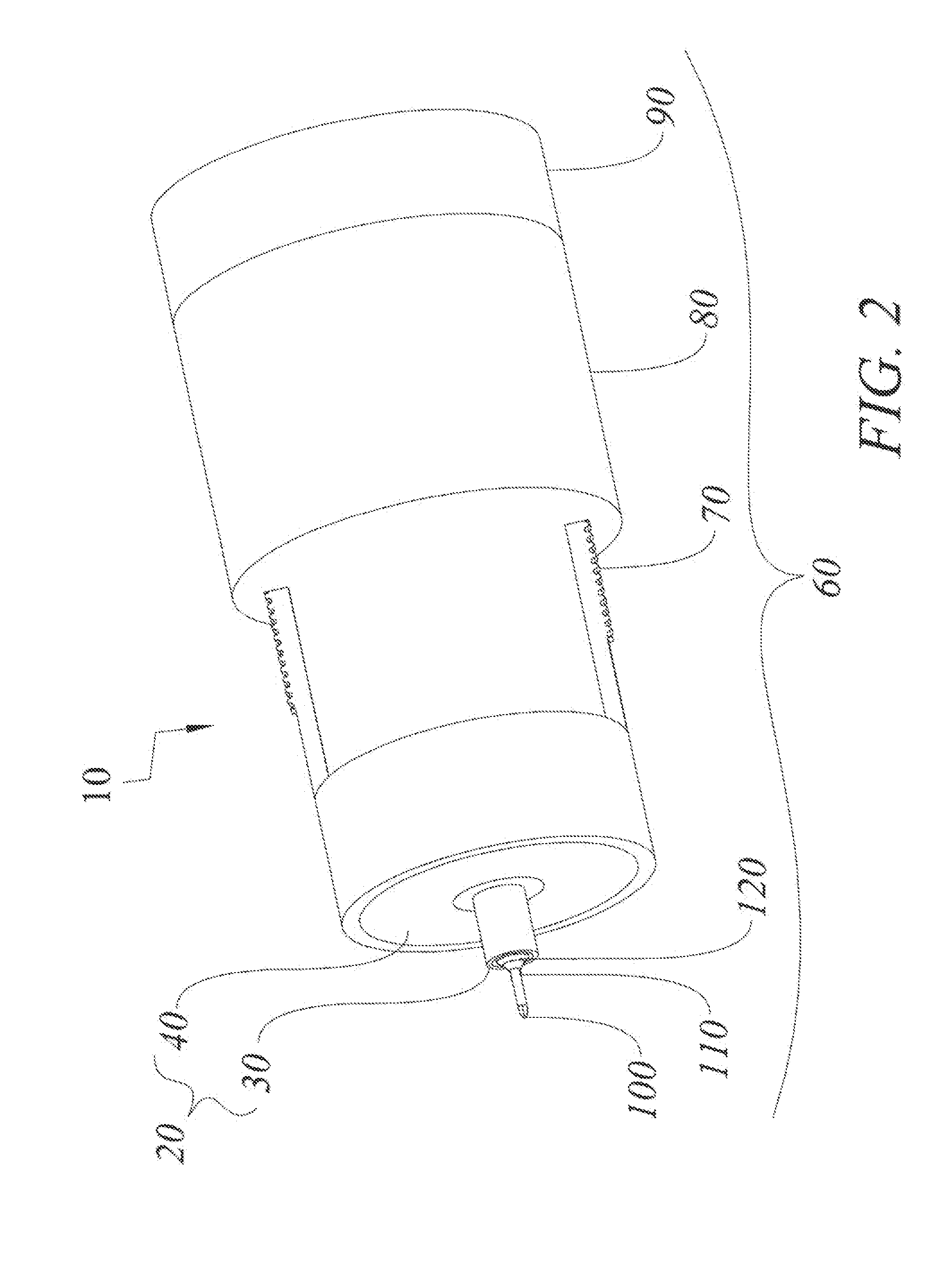Percutaneous access pathway system and method
a percutaneous access and pathway technology, applied in the field of medical devices, can solve the problems of long practice, damage to the underlying structure, and risk of laceration of the underlying organ, and achieve the effects of reducing friction and/or the chance of tissue pinching, reducing user error, and increasing and/or reducing the cross-sectional area of the catheter
- Summary
- Abstract
- Description
- Claims
- Application Information
AI Technical Summary
Benefits of technology
Problems solved by technology
Method used
Image
Examples
Embodiment Construction
[0056]Referring to the drawings, FIG. 1 generally shows a method and workflow 300 according to an embodiment of the invention for forming and / or maintaining a percutaneous access pathway. This method and workflow 300 should be assumed to fit within standard emergency, pulmonary, and surgery protocols well known in the art (and not described here). Additionally, methods of standard needle use and safety, patient cleaning and sterilization, equipment disposal, suction setup and other standard medical practice well known in the art are not described here. The method 300 starts with providing a percutaneous access pathway at step 301. Under numerous embodiments, said access pathway includes a port and a catheter (i.e. an elongated tubular member). Under many but not all embodiments, said percutaneous access pathway also comes with an insertion device that includes a dilatational member. Under several embodiments, the dilatational member is initially positioned at least partially within ...
PUM
 Login to View More
Login to View More Abstract
Description
Claims
Application Information
 Login to View More
Login to View More - R&D
- Intellectual Property
- Life Sciences
- Materials
- Tech Scout
- Unparalleled Data Quality
- Higher Quality Content
- 60% Fewer Hallucinations
Browse by: Latest US Patents, China's latest patents, Technical Efficacy Thesaurus, Application Domain, Technology Topic, Popular Technical Reports.
© 2025 PatSnap. All rights reserved.Legal|Privacy policy|Modern Slavery Act Transparency Statement|Sitemap|About US| Contact US: help@patsnap.com



